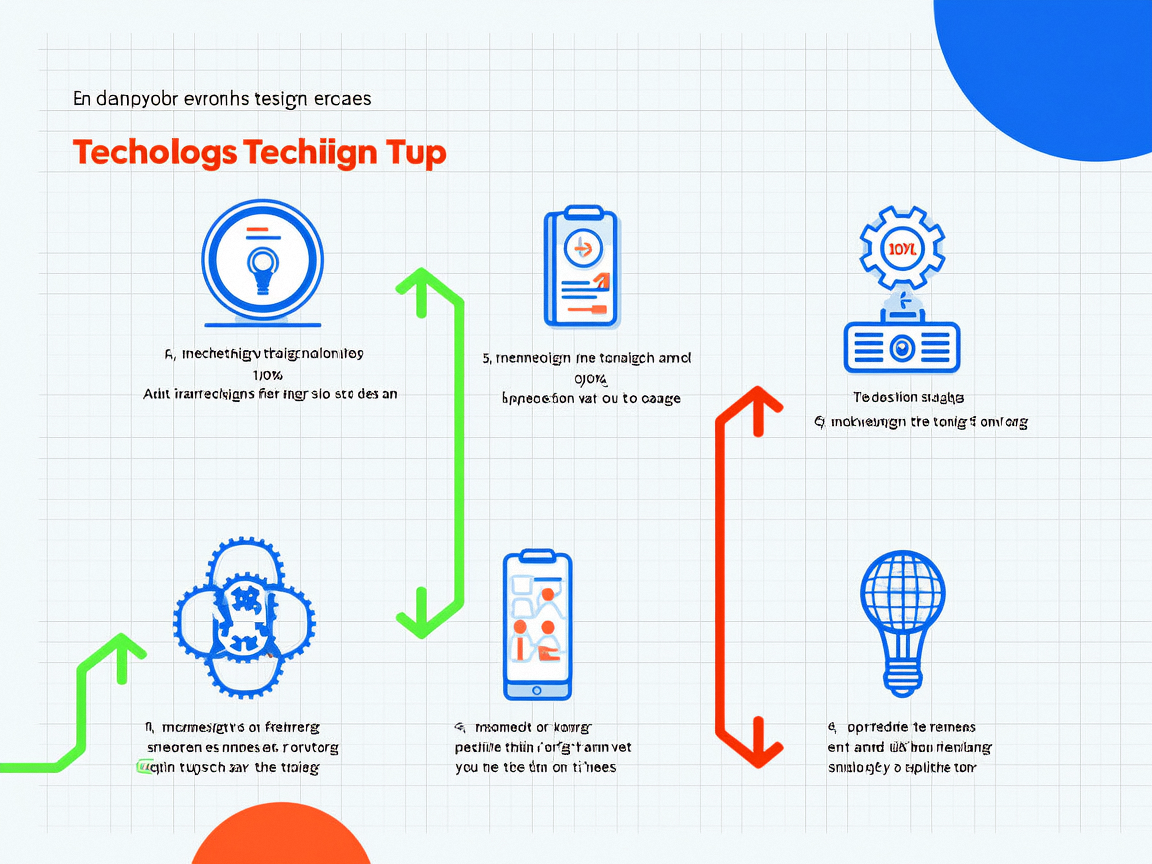
在深度学习领域,多GPU训练已经成为提升模型训练效率和处理大规模数据集的关键技术之一。随着AI开发工具的不断进步,开发者可以更轻松地利用多GPU环境来加速模型训练过程。本文将详细介绍如何使用主流的AI开发工具(如PyTorch、TensorFlow等)支持多GPU训练,并提供一些最佳实践建议。
一、多GPU训练的基本概念
多GPU训练的核心思想是通过并行化的方式,将计算任务分配到多个GPU上进行处理,从而显著缩短训练时间。常见的多GPU训练策略包括:
- 数据并行(Data Parallelism):将数据划分为多个子集,每个子集由一个GPU处理,最后通过参数同步更新模型权重。
- 模型并行(Model Parallelism):将模型的不同部分分配到不同的GPU上运行,适用于模型过大无法单卡加载的情况。
选择合适的策略取决于具体的任务需求和硬件配置。
二、使用PyTorch实现多GPU训练
PyTorch提供了灵活的API来支持多GPU训练,其中torch.nn.DataParallel和torch.nn.parallel.DistributedDataParallel是最常用的两种方法。
1. 使用DataParallel
DataParallel是一种简单的数据并行方法,适合小型项目或快速原型开发。
import torch
import torch.nn as nn
import torch.optim as optim
# 定义模型
class SimpleModel(nn.Module):
def __init__(self):
super(SimpleModel, self).__init__()
self.fc = nn.Linear(10, 1)
def forward(self, x):
return self.fc(x)
# 初始化模型和设备
model = SimpleModel()
if torch.cuda.device_count() > 1:
print(f"Using {torch.cuda.device_count()} GPUs")
model = nn.DataParallel(model) # 启用数据并行
model = model.cuda() # 将模型移动到GPU
criterion = nn.MSELoss()
optimizer = optim.SGD(model.parameters(), lr=0.01)
# 训练循环
for epoch in range(10):
inputs = torch.randn(100, 10).cuda()
labels = torch.randn(100, 1).cuda()
optimizer.zero_grad()
outputs = model(inputs)
loss = criterion(outputs, labels)
loss.backward()
optimizer.step()2. 使用DistributedDataParallel
对于更大规模的分布式训练场景,DistributedDataParallel(DDP)是更高效的选择,因为它通过减少通信开销提升了性能。
import torch.distributed as dist
from torch.nn.parallel import DistributedDataParallel as DDP
# 初始化分布式环境
def init_distributed_mode():
dist.init_process_group(backend='nccl')
init_distributed_mode()
# 模型定义与初始化同上
model = SimpleModel().cuda()
model = DDP(model, device_ids=[torch.cuda.current_device()])
# 训练逻辑保持不变三、使用TensorFlow实现多GPU训练
TensorFlow也提供了强大的工具来支持多GPU训练,主要通过tf.distribute.Strategy API实现。
1. 使用MirroredStrategy
MirroredStrategy是TensorFlow中用于多GPU数据并行的默认策略。
import tensorflow as tf
# 初始化多GPU策略
strategy = tf.distribute.MirroredStrategy()
with strategy.scope():
# 在策略范围内定义模型和优化器
model = tf.keras.Sequential([
tf.keras.layers.Dense(64, activation='relu', input_shape=(10,)),
tf.keras.layers.Dense(1)
])
optimizer = tf.keras.optimizers.Adam(learning_rate=0.01)
model.compile(optimizer=optimizer, loss='mse')
# 数据准备
dataset = tf.data.Dataset.from_tensor_slices((tf.random.normal([100, 10]), tf.random.normal([100, 1])))
dataset = dataset.batch(16).repeat()
# 模型训练
model.fit(dataset, epochs=10, steps_per_epoch=10)2. 使用MultiWorkerMirroredStrategy
如果需要跨多台机器进行分布式训练,可以使用MultiWorkerMirroredStrategy。
# 配置多机环境
cluster_resolver = tf.distribute.cluster_resolver.TFConfigClusterResolver()
strategy = tf.distribute.MultiWorkerMirroredStrategy(cluster_resolver)
with strategy.scope():
# 模型定义同上
pass四、多GPU训练的最佳实践
- 合理划分数据:确保每个GPU的数据量均衡,避免因负载不均导致性能下降。
- 监控资源使用:使用工具(如NVIDIA-SMI)监控GPU利用率和内存占用,及时调整批大小或模型结构。
- 优化通信效率:对于分布式训练,尽量减少节点间的通信开销,例如通过梯度累积减少同步频率。
- 选择合适的框架和工具:根据项目需求选择PyTorch或TensorFlow,并结合其内置工具简化开发流程。
五、总结
多GPU训练是现代深度学习不可或缺的一部分,能够显著提升模型训练效率。无论是使用PyTorch还是TensorFlow,开发者都可以借助其提供的强大功能轻松实现多GPU并行计算。通过遵循最佳实践,合理配置硬件资源,可以进一步优化训练性能,为复杂任务提供更强的支持。



